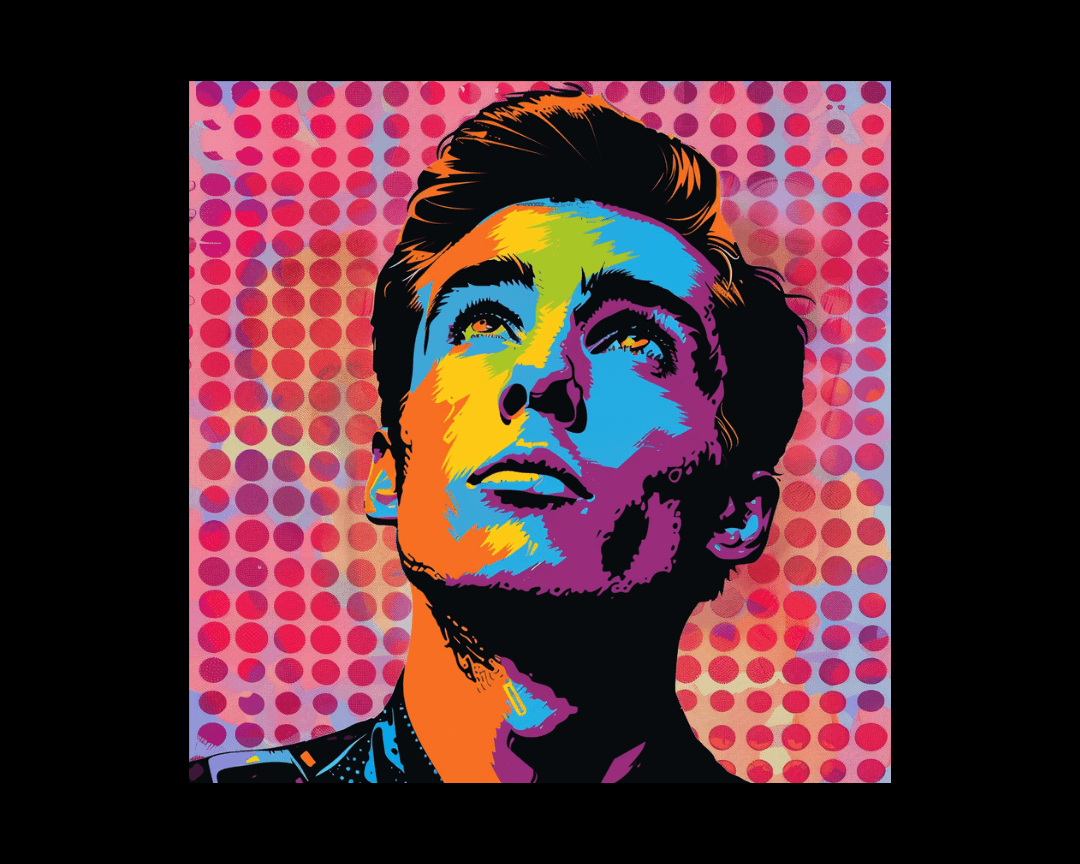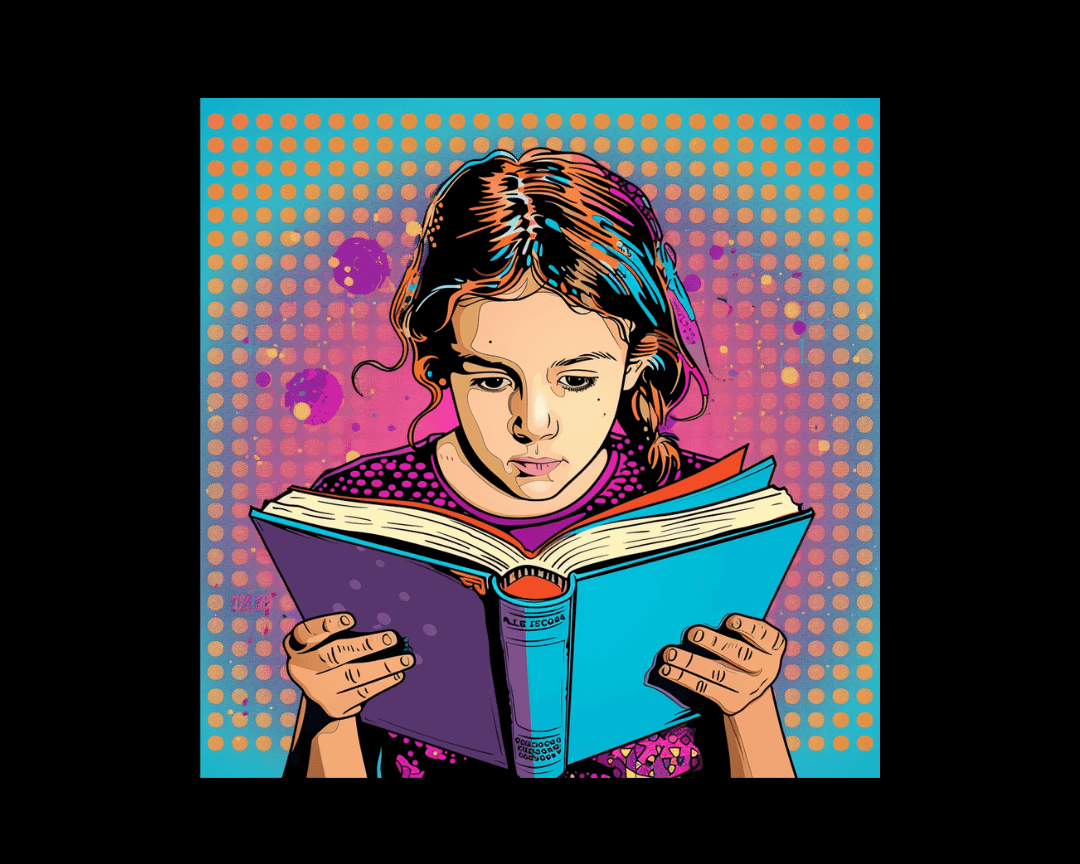To Friend or Not to Friend: Frenemies Throughout History
Hold onto your hats, folks, because we're about to dive headfirst into the dynamic world of frenemies! These enigmatic relationships, which straddle...
6 min read
 Writing Team
:
Mar 17, 2025 2:19:41 PM
Writing Team
:
Mar 17, 2025 2:19:41 PM
-1.png)
At the frontier where literature meets technology, a revolutionary narrative form is emerging: biofeedback fiction. This innovative approach integrates physiological data from readers in real-time, creating personalized stories that respond to heartbeats, breath patterns, skin conductance, and more. For professional writers looking to explore uncharted creative territory, biofeedback fiction offers unprecedented opportunities to craft immersive experiences that blur the line between reader and narrative.
Biofeedback fiction transforms the traditionally passive act of reading into a dynamic exchange between reader and text. Using wearable sensors, mobile devices, or dedicated reading platforms, these stories collect physiological data including:
This data becomes the raw material for algorithmic storytelling systems that modify narrative elements in response to the reader's physiological state.
The technical infrastructure for biofeedback fiction typically involves three components:
For writers, understanding this infrastructure is essential, even if technical implementation is handled by developers. The writer's role is to create narrative architectures that can respond meaningfully to reader states while maintaining coherence and artistic integrity.
Here are some frameworks.
The simplest form of biofeedback narrative uses physiological thresholds to trigger narrative branches.
Example: In a horror story, the protagonist approaches a closed door. The narrative engine monitors the reader's heart rate:
Writers create both pathways, allowing the story to adapt to the reader's current state of arousal.
Stories can adjust their pacing based on attention and engagement metrics.
Example: A detective novel monitors eye-tracking data and reading speed:
This approach requires writers to create modular scenes with variable density of detail and complexity.
More sophisticated systems match narrative emotional tones to the reader's emotional state, either complementing or intentionally contrasting it.
Example: In a romance novel, the system detects the reader's emotional state via a combination of heart rate variability and skin conductance:
This requires writers to create emotionally calibrated alternative scenes that can be swapped dynamically.
Advanced biofeedback fiction can attempt to synchronize the reader's physiological rhythms with those of the characters.
Example: In an adventure story, a sequence describes a character's controlled breathing during a difficult climb:
This technique creates a powerful embodied connection between reader and character.
Sharpen those pens.
Create scene variations with consistent plot points but different emotional intensities:
Low Intensity Version: The door creaked open slowly. The room beyond was dim, with shadows gathering in the corners. Something about the stillness made her pause before entering.
High Intensity Version: The door slammed open against the wall. The darkness beyond seemed to pulse with malevolent energy. Every instinct screamed at her to run, but her feet carried her forward into the suffocating blackness.
Incorporate explicit references to bodily sensations that mirror what you want to evoke in readers:
"His heart pounded against his ribs, each beat a hammer striking an anvil. The rush of blood in his ears almost drowned out the footsteps behind him."
These descriptions create a physiological feedback loop, where reading about bodily responses can trigger similar responses in readers, which the system then detects and responds to.
Organize descriptive elements in intensity tiers that can be recombined based on reader states:
Setting Base Layer (Always Included): The forest path narrowed as it curved around the mountain.
+Tension Layer (Added when reader shows signs of comfort/low arousal): Roots like gnarled fingers broke through the soil, reaching for unwary ankles.
+Fear Layer (Added when reader shows moderate arousal): The wind had died, leaving an unnatural silence broken only by the dry rustle of leaves with no breeze to move them.
+Terror Layer (Added when reader shows low arousal despite previous layers): Something had begun to pace alongside the path, just beyond the tree line, matching her step for step.
This modular approach allows the system to calibrate description intensity based on ongoing physiological feedback.
Create narrative sequences specifically designed to evoke, measure, and respond to particular emotional states:
Example Sequence:
This creates a calibrated emotional experience regardless of the reader's initial sensitivity.
Here are some things to learn from/try out.
Writer Maya Cavendish collaborated with biotech developers to create "Pulse," a romance novel where the protagonist's heartbeat literally syncs with the reader's:
When your heart races, so does Alexandra's. When she feels fear, your pulse may quicken in response. As your heartbeats synchronize through the story, her choices begin to reflect your unspoken desires.
The story features several key scenes where the protagonist must make decisions under pressure. The choices are influenced by the reader's heart rate variability patterns during preceding chapters, creating a uniquely personalized character arc without requiring explicit reader choice.
"Between Breaths" by Takashi Yamamoto uses respiration monitoring to pace a narrative about a protagonist learning ancient breathing techniques:
As readers master the breathing patterns alongside the protagonist, new sections of the narrative unlock, revealing deeper layers of the ancient wisdom being sought. Readers who struggle with the techniques experience an alternative narrative path focused on the protagonist's parallel challenges.
This approach blends instruction with narrative, creating an embodied learning experience.
"Threshold" by horror writer J.T. Morrison adapts its terror level based on individual fear responses:
The system establishes the reader's baseline fear response in early chapters, then continually recalibrates narrative intensity to maintain optimal engagement without causing excessive discomfort. For easily frightened readers, the story emphasizes psychological suspense; for thrill-seekers, it amplifies graphic elements and jump scares.
This creates a personalized fear experience that challenges each reader without overwhelming them.
Now, remember, keep it cool.
Readers should understand and consent to both:
Writers should consider how this consent becomes part of the reading experience without disrupting immersion.
Biofeedback narratives can create unusually immersive experiences with potentially stronger psychological effects than traditional fiction. Writers should consider:
Even when implementation is handled by technical teams, writers should advocate for:
Keep things real and write without losing your way.
Biofeedback stories must remain coherent regardless of which pathways activate. Ensure that:
Develop detailed personas representing different reader physiological profiles:
Test your narrative branches against these personas to ensure satisfying experiences for all reader types.
Design early narrative sequences specifically to gauge reader baseline responses:
"The first chapter of my mystery novel contains carefully crafted passages designed to establish baseline measures for curiosity, surprise, and tension. These include a mild startling event, a puzzling conversation, and a moment of emotional vulnerability between characters."
These calibration points help the system accurately interpret subsequent physiological data.
When working with developers on biofeedback projects:
Want to expand and expound?
Stories that incorporate physiological data from multiple simultaneous readers, creating:
As consumer EEG technology improves, stories may respond to:
Biofeedback fiction shows promise for therapeutic applications:
As biofeedback fiction evolves, writers stand at the crossroads of ancient storytelling traditions and cutting-edge technology. The fundamental human connection created through story remains our domain, even as the mechanisms of delivery transform.
The most successful biofeedback writers will be those who embrace the technical possibilities while remaining grounded in the timeless elements of narrative craft. They will create stories that don't merely reflect the reader's current state but guide them through transformative emotional journeys, using the intimate connection of biometric data to craft experiences of unprecedented resonance and power.
In this emerging field, writers have the opportunity to pioneer not just new stories, but new relationships between story and audience—relationships written in the ancient, unchanging language of the human body.

Hold onto your hats, folks, because we're about to dive headfirst into the dynamic world of frenemies! These enigmatic relationships, which straddle...

If you're itching to learn how to write a bedtime story that'll knock the socks off your readers and send them drifting off to dreamland with a smile...
%20(1)-1.png)
Ah, slipstream fiction. Much like speculative fiction, it lives in that nebulous territory between literary fiction, science fiction, and fantasy....